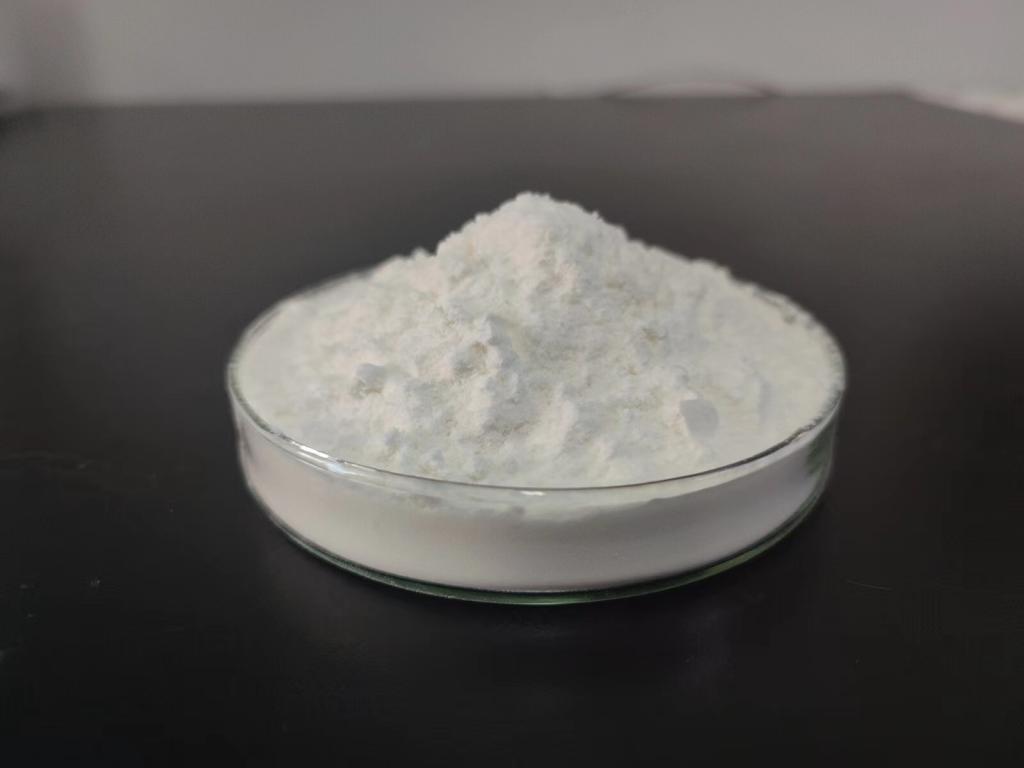Tel:+8618231198596

News
 CONTACT
CONTACT
 CONTACT
CONTACT
- Linkman:Linda Yao
- Tel: +8618231198596
- Email:linda.yao@dcpharma.cn
- Linkman:CHARLES.WANG
- Department:Overseas
- Tel: 0086 0311-85537378 0086 0311-85539701
News
Current Position:
Home >
News
>Exploring the Immunomodulatory Properties of ε-Polylysine Hydrochloride.
Exploring the Immunomodulatory Properties of ε-Polylysine Hydrochloride.
TIME:2024-05-31
Properties of ε-Polylysine Hydrochloride
ε-Polylysine Hydrochloride is a homopolymer of L-lysine residues linked by peptide bonds. It is produced through the fermentation of the bacterium Streptomyces albulus. Key properties that make ε-PLH notable include:
Antimicrobial Activity: It is effective against a wide range of microorganisms, including bacteria, fungi, and viruses.
Biodegradability: ε-PLH is biodegradable, breaking down into lysine, an essential amino acid.
Safety: ε-PLH is non-toxic and non-irritating, making it suitable for use in various applications, including those involving human health.
Stability: It remains stable over a wide range of pH levels and temperatures.
Mechanisms of Immunomodulatory Action
The immunomodulatory effects of ε-PLH are multifaceted, involving several mechanisms:
Cytokine Modulation: ε-PLH has been observed to influence the production of cytokines, which are critical mediators in the immune response. It can upregulate or downregulate cytokine production, thereby modulating the inflammatory response.
Macrophage Activation: ε-PLH can activate macrophages, which are essential cells in the immune system responsible for phagocytosis and antigen presentation. Activated macrophages play a pivotal role in initiating and sustaining immune responses.
Toll-Like Receptor Interaction: ε-PLH interacts with toll-like receptors (TLRs) on immune cells, which are crucial for recognizing pathogens and activating innate immunity. This interaction can enhance the body's ability to respond to infections.
Regulation of Immune Cell Proliferation: ε-PLH influences the proliferation and differentiation of various immune cells, including T cells and B cells, which are vital for adaptive immunity.
Therapeutic Applications
Given its immunomodulatory properties, ε-PLH has potential therapeutic applications in several areas:
1. Anti-Inflammatory Therapies
Chronic inflammation is a hallmark of many diseases, including rheumatoid arthritis, inflammatory bowel disease, and certain cardiovascular conditions. ε-PLH's ability to modulate cytokine production and reduce excessive inflammatory responses makes it a promising candidate for anti-inflammatory therapies. By balancing pro-inflammatory and anti-inflammatory cytokines, ε-PLH could help alleviate chronic inflammatory conditions.
2. Immune Enhancement
In conditions where immune enhancement is desired, such as in immunocompromised patients or during certain infections, ε-PLH could be used to boost immune responses. Its role in activating macrophages and enhancing cytokine production can help strengthen the body's defense mechanisms against pathogens.
3. Cancer Immunotherapy
The immune system plays a crucial role in identifying and destroying cancer cells. ε-PLH's ability to modulate immune responses and activate immune cells suggests its potential use in cancer immunotherapy. It could be used to enhance the effectiveness of existing treatments by improving the immune system's ability to target and eliminate cancer cells.
4. Vaccine Adjuvants
Adjuvants are substances that enhance the body's immune response to an antigen. ε-PLH's immunomodulatory properties make it a potential adjuvant in vaccine formulations. By boosting the immune response, ε-PLH could improve the efficacy of vaccines, leading to better protection against infectious diseases.
Experimental Evidence and Studies
Several studies have investigated the immunomodulatory effects of ε-Polylysine Hydrochloride:
In Vitro Studies: Laboratory studies using cultured immune cells have shown that ε-PLH can enhance the production of cytokines such as IL-6 and TNF-α, which are crucial for mounting an effective immune response.
Animal Models: Studies in animal models have demonstrated that ε-PLH can reduce inflammation and improve outcomes in models of inflammatory diseases. For example, in mouse models of colitis, ε-PLH treatment resulted in reduced inflammatory markers and tissue damage.
Clinical Trials: While clinical studies are still in the early stages, preliminary results suggest that ε-PLH could be safe and effective in modulating immune responses in humans. Ongoing trials aim to further elucidate its therapeutic potential and safety profile.
Challenges and Considerations
Despite its promising properties, the use of ε-Polylysine Hydrochloride as an immunomodulatory agent comes with several challenges:
Dosage Optimization: Determining the optimal dosage that maximizes therapeutic effects while minimizing potential side effects is crucial.
Long-Term Safety: Long-term safety studies are needed to ensure that ε-PLH does not cause adverse effects when used over extended periods.
Regulatory Approval: Obtaining regulatory approval for new therapeutic applications requires extensive testing and validation to meet safety and efficacy standards.
Manufacturing and Cost: Efficient and cost-effective production methods are essential to make ε-PLH widely accessible for therapeutic use.
Future Research Directions
Future research on ε-Polylysine Hydrochloride should focus on several key areas:
Mechanistic Studies: Further elucidation of the molecular mechanisms underlying the immunomodulatory effects of ε-PLH will help optimize its use in various therapeutic contexts.
Combination Therapies: Exploring the synergistic effects of ε-PLH with other immunomodulatory agents or treatments could enhance its therapeutic efficacy.
Clinical Trials: Large-scale clinical trials are needed to confirm the safety and efficacy of ε-PLH in different therapeutic applications, including its use as an anti-inflammatory agent, immune enhancer, cancer immunotherapy, and vaccine adjuvant.
Novel Delivery Systems: Developing advanced delivery systems, such as nanoparticles or sustained-release formulations, could improve the bioavailability and targeted delivery of ε-PLH, enhancing its therapeutic potential.
Conclusion
ε-Polylysine Hydrochloride is emerging as a promising immunomodulatory agent with broad potential applications in medicine. Its ability to modulate immune responses, combined with its safety and biodegradability, makes it an attractive candidate for developing new therapies for inflammatory diseases, immune enhancement, cancer immunotherapy, and vaccine adjuvants. While challenges remain in terms of dosage optimization, long-term safety, regulatory approval, and cost-effective production, ongoing research and innovations hold great promise. As our understanding of its immunomodulatory properties deepens, ε-PLH could become a valuable tool in the arsenal of immunotherapies, contributing to improved health outcomes and advancing the field of biomedical science.
- Tel:+8618231198596
- Whatsapp:18231198596
- Chat With Skype







